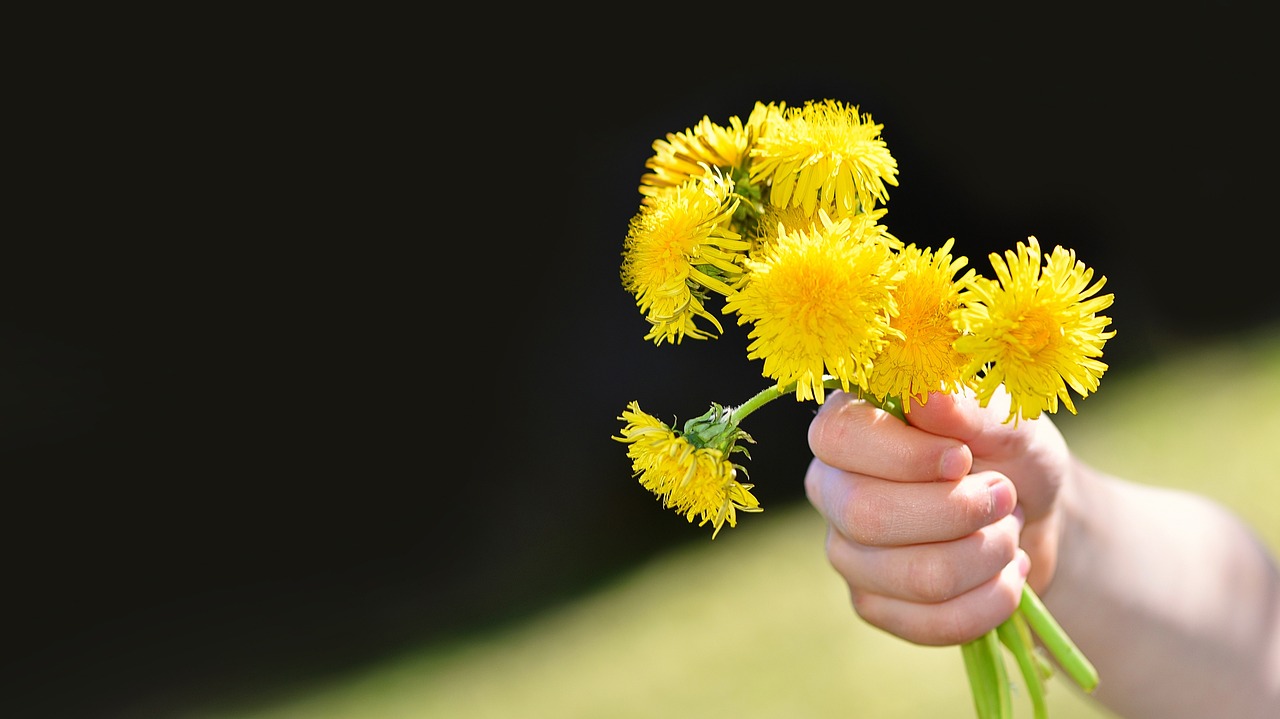Why Did the Settlers Bring That?

It’s hard to imagine a time when dandelions didn’t pop up and fields of alfalfa were unavailable. Many of the plants and animals we take for granted are not native to North America. Some of them were brought from over seas, and have been a blessing, but others are often demonized, especially by those trying to restore native species. Every state in the Union has a list of invasive species they would like to be rid of.
The species on this list are, for the most part, very useful. Some of them have gotten out of control, but this can be rectified by a little work on our part. That’s especially true of the ordinary house cat. Uncontrolled, they take quite a toll on small native wildlife, though most of us are grateful when the target is a rodent that has gotten into our homes.
Cattle:
Cows and goats are not natives. They were brought to provide food and skins, and were very helpful in other areas. Oxen could be trained to plow fields and pull wagons while the surefooted goats could get to brush that might be a problem should a fire start. However, both have escaped, though the wild ones don’t have a lot of territory left to roam.
Cats:
These useful animals were brought to help (as mentioned above) keep the rodent population down. They were usually left in the barns in order to protect valuable hay and grains. They also were a deterrent for viruses and infections caused by fleas and rodents. Many areas now have a problem with feral cats. A generous vet in our town has set up a program for inexpensive (or free as needed) spaying and neutering. Ferals are caught in humane traps, then brought to the office. They have what wasn’t broken fixed, and are returned to the colony. Young cats, if they can be tamed, are often adopted out.
Catnip:
This favorite herb of cats was brought to the New World for several reasons. Women believed that a bath in water steeped with catnip would improve their chances of having children. It was also used as a mild relaxant, considered safe enough for children. This is one plant that is unlikely to be invasive, as cats are drawn to it.
Dandelions:
Every part of this plant was useful to settlers. The leaves provided food, the flowers could be made into wine and the roots were used medicinally. It has long been considered an excellent herbal diuretic. Unfortunately, they quickly escaped cultivation and can be seen in yards and gardens across the country.
Earthworms:
There are two species on this list that may be something of a surprise. Earthworms were imported; they are not native to North America. Without these garden helpers, growing crops was rather difficult. Earthworms aerate the soil, allowing room for roots to grow.
Honey Bees:
This is the second surprise. We had lots of bees, but not the kind most often linked with bee keeping and honey. This had to be introduced in order to cultivate some of the European crops, which require pollination by that process.
Peaches:
It’s hard to think of Georgia without the word “peach,” but there was a time when Georgia had nary a tree. This fruit originates from Persia (now Iran) and were brought over.
While these plants have their uses, it really isn’t a great idea to introduce new species without making sure they will not become a nuisance. Before putting in a garden or invest in an exotic pet, find out what the laws are in your area. Also, you should call your county’s agricultural commission to make sure you aren’t planting an invasive species. Doing this is a good way to insure that your purchases are safe for your community.
The Author:
Mary Bodel has been a master herbalist since 2004 although my training began long before I reached that level. I believe that health encompasses more than taking care of our bodies. It involves everything from what we eat to what we read. It involves our spirit as well as our body.








